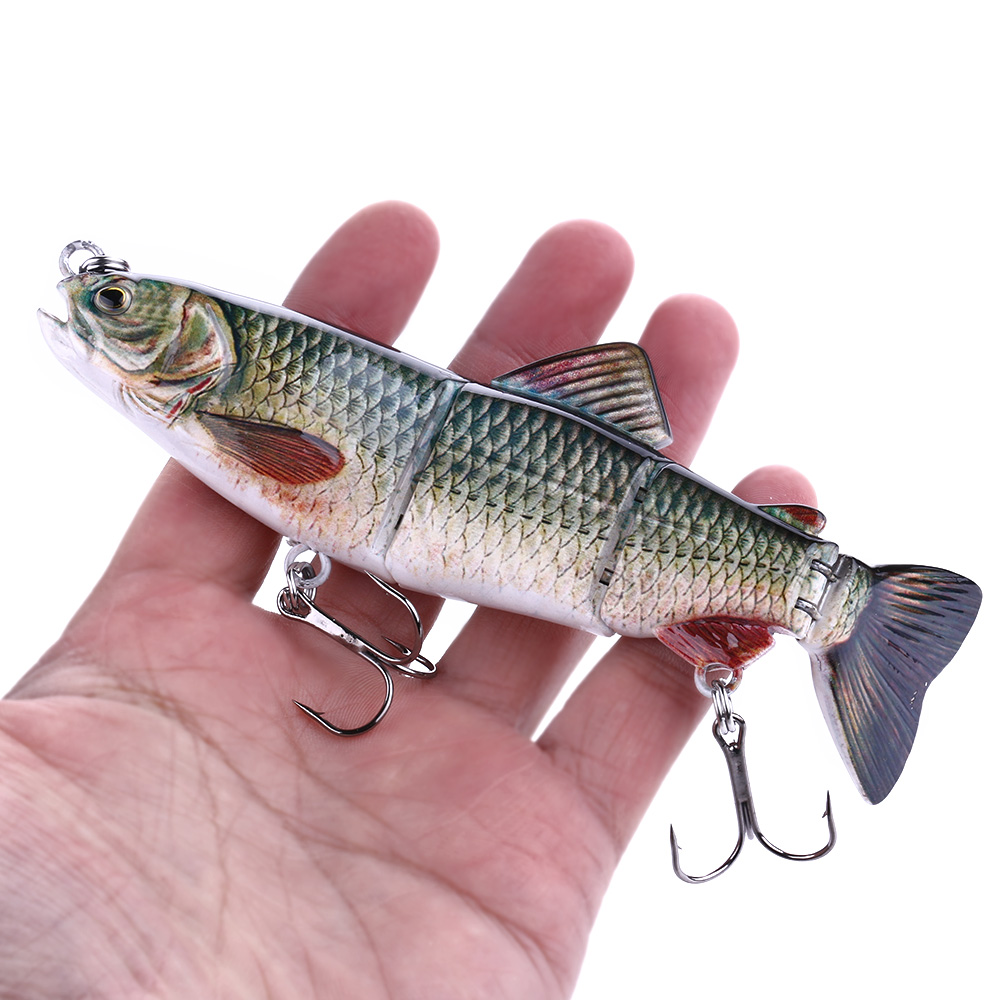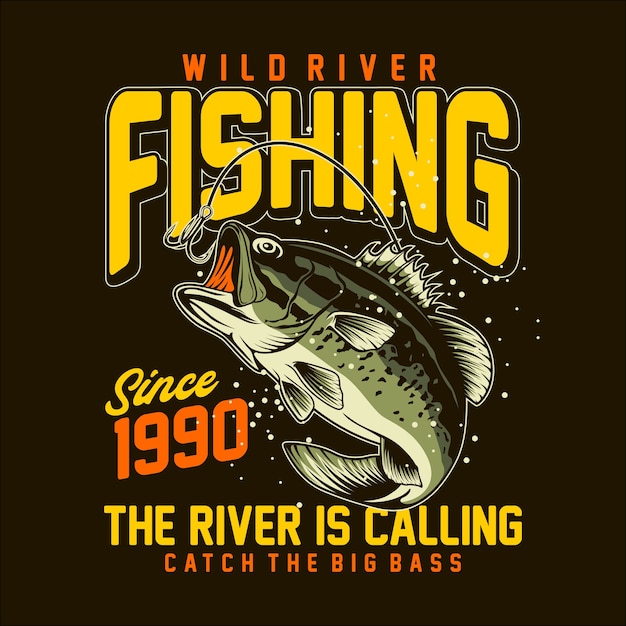

The shocking crews at Grand captured 80.9 bass per hour including 28.7 per hour topping 14 inches. The biggest bass shocked up by the crew was a 9.5 pounder.Īmong large lakes, one of the best electroshocking reports came from Grand Lake, which, for decades, has been one of the most consistently good bass lakes in Oklahoma. The electroshocking crews there captured 71.1 bass per hour with way more than half - 41.1 per hour - measuring greater than 14 inches. There isn't a recent electroshocking report available from Arbuckle Lake, but the most recent report from Cedar Lake, which has produced the most recent largemouth state-record catches, produced impressive results. In one tournament the biggest bass weighed 10.7 and in the other it was a 10.65-pounder. And neither of those winning stringers included the big bass of the day. In those two Arbuckle tournaments in January last year, the winning teams' stringers weighed 42 pounds and 41.9 pounds. "There may be just as many big bass in other lakes where we have stocked Floridas on a regular basis, like Sardis or Broken Bow, but those lakes are much bigger, which means that the angling pressure is spread across a larger area."

"When you have more anglers on a 2,300-acre fishery that is very accessible, the chances of someone catching a big fish generally go up." As word spread that big bass were being caught there, more anglers from Oklahoma City and Tulsa and elsewhere began fishing the lake. "The fish that we stocked, or the offspring of those stocked fish, are now turning into these trophy bass that are being caught on a pretty regular basis for the last three years.įishing pressure may be another factor in Arbuckle's success, he said. "Those fish obviously have matured," Gilliland said. "It was dominated by large numbers of small, slow-growing bass." In the early 1990s, he said, the department reduced its stocking of Florida bass in Arbuckle because hatchery production was low at that time.Īfter 2000, though, hatchery production increased and the Florida bass stocked in the early years of this century grew rapidly. "Historically, Arbuckle hasn't been a great bass fishery," Gilliland said. Gene Gilliland, Oklahoma's assistant chief of fisheries who retired at the beginning of this year to become the Bass Anglers Sportsmen Society Conservation Director, said Arbuckle is one of the Wildlife Department's biggest fisheries management success stories. Florida bass and Florida/northern hybrids are the reasons for the numbers of double-digit lunkers being caught in Oklahoma in recent years. The Oklahoma Department of Wildlife Conservation has stepped up its stocking of Florida-strain largemouths. The same small lake also produced the previous record, 14 pounds, 12.3 ounces, caught almost exactly a year earlier. The current state record is a 14-pound, 13.7-ounce whopper from Cedar Lake down in the Ouchita National Forest caught in 2013.

The top 12 bass on the list are all 14-plus-pounders. These days, a 12-pounder hardly turns a head at some lakes, and the smallest bass on the state's Top 20 Big Bass list is a 13-pound, 3-ounce whopper from Arbuckle Lake. That was back in the 1970s when the sport of bass fishing was just starting to grow and tournament fishing was a really new concept. I remember when I knew of only two bass over 10 pounds ever being caught in Oklahoma. Big, wallhanger-class bass are more common than in the past.


 0 kommentar(er)
0 kommentar(er)
